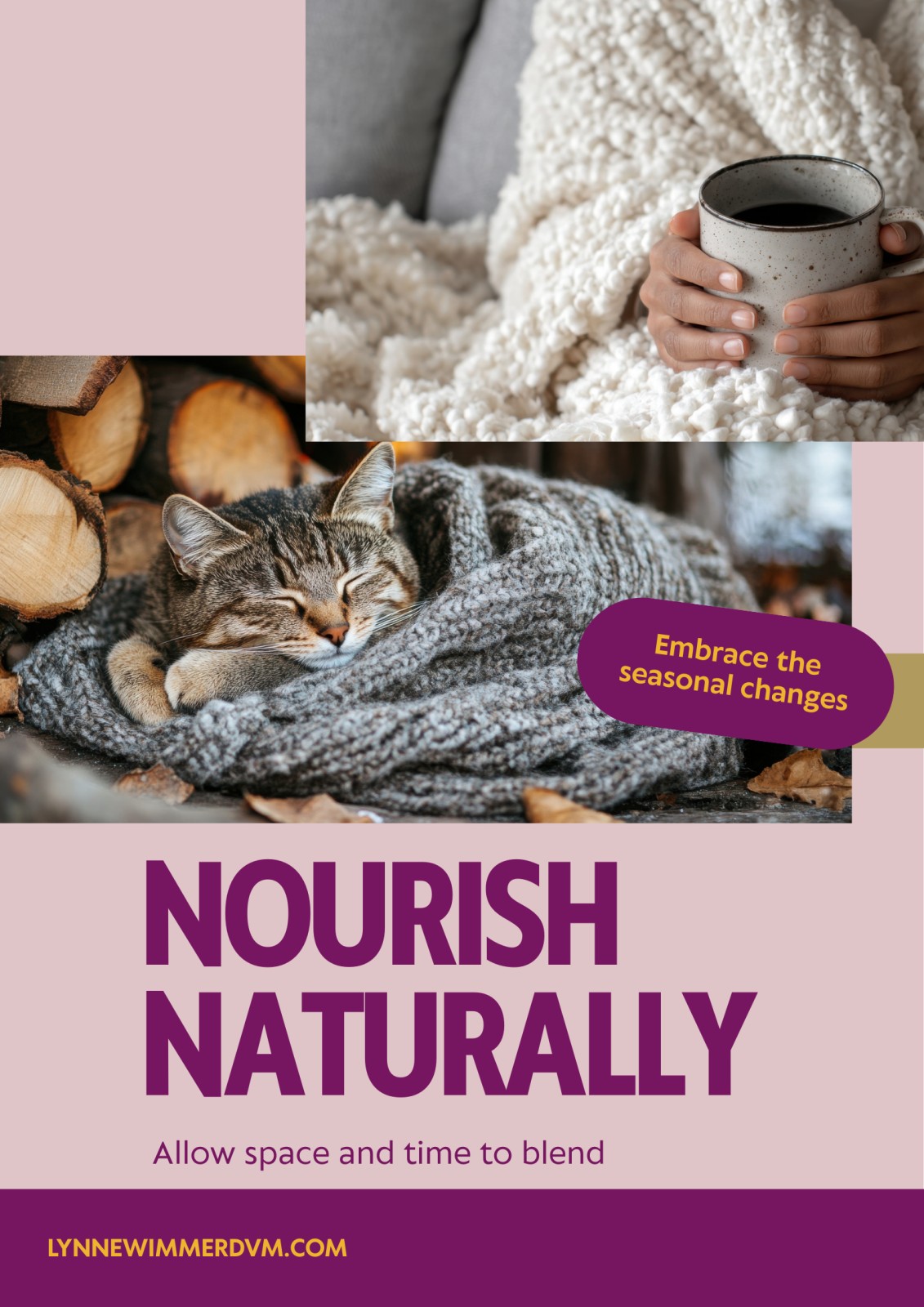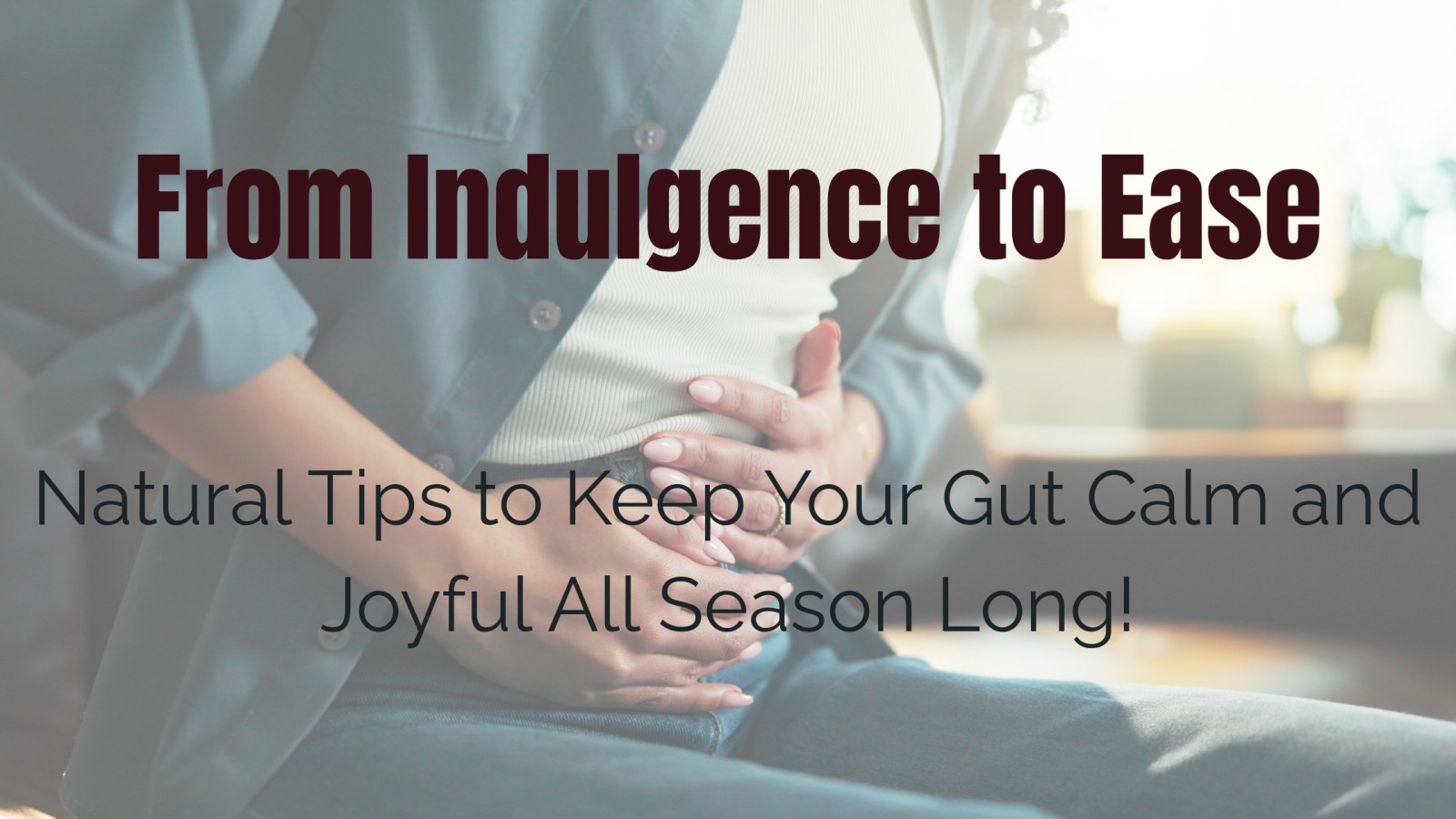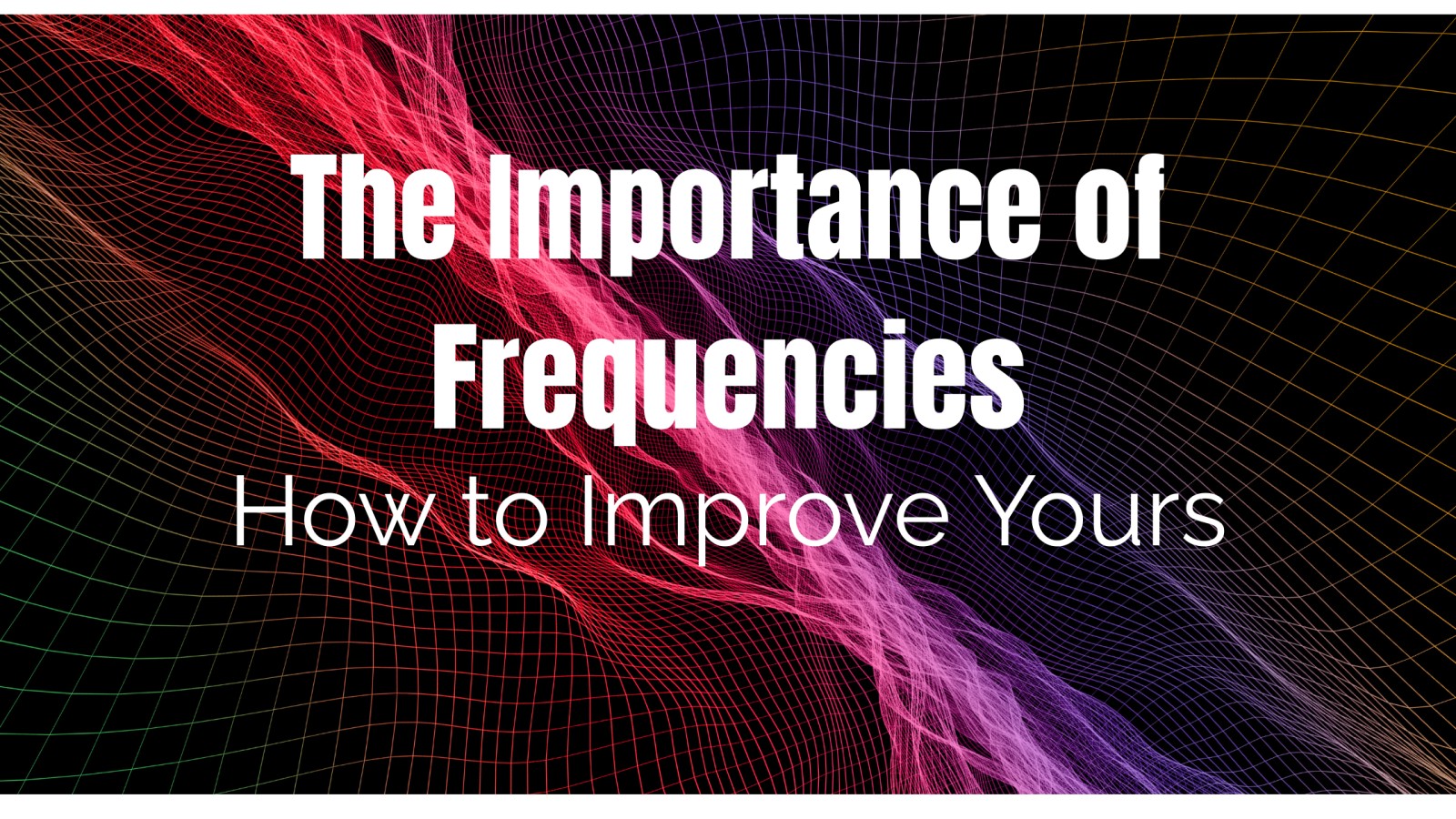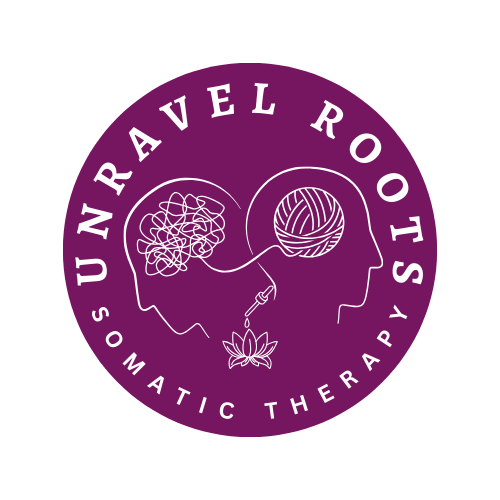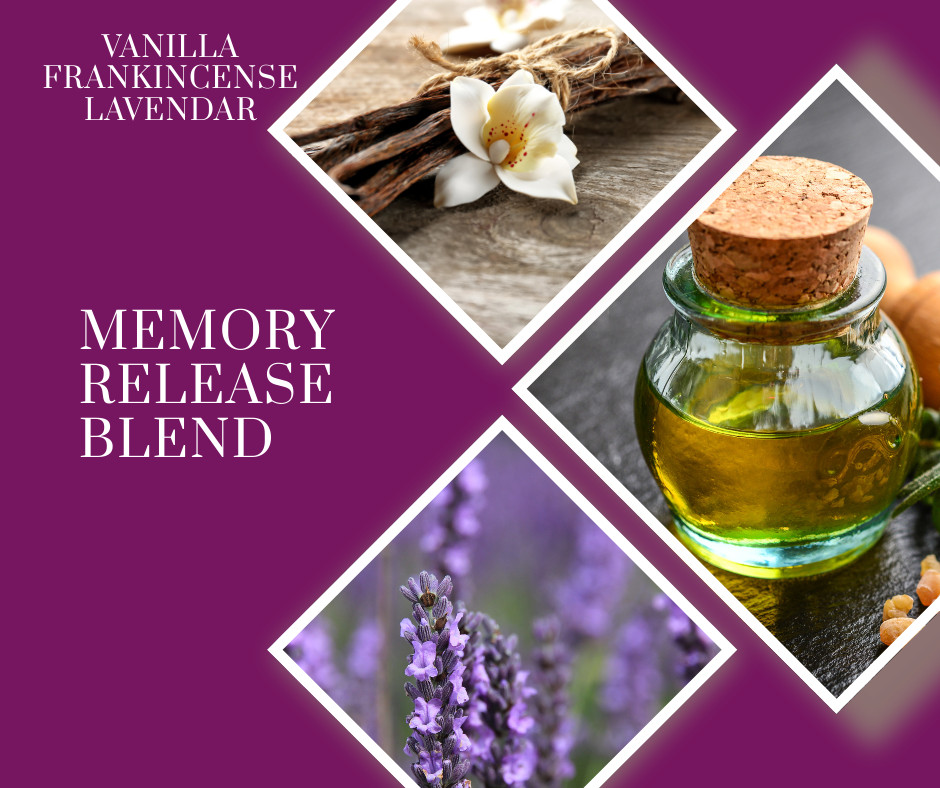
Neurotransmitter receptors play a pivotal role in facilitating communication within the brain and body, affecting everything from mood to physical responses. These receptors become bogged down by negative emotional patterns and physical stress, which hampers optimal brain function and leads to issues like anxiety and depression. Thankfully, certain essential oils, specifically frankincense, lavender, and vanilla, offer potent properties that help cleanse these receptors, promoting comprehensive mental, emotional, and physical well-being.
Frankincense plays a critical role in enhancing mental clarity and emotional healing by reducing inflammation and promoting brain cell regeneration. It aids in soothing the nervous system and calming neural responses, facilitating the brain’s ability to reset its pathways. Similarly, lavender is renowned for its calming effects, working specifically with GABA receptors to reduce anxiety and aid emotional regulation, which is essential for resetting negative thought patterns.
Vanilla contributes by providing antioxidant properties that support neurotransmitter receptor health. It balances important neurotransmitters like serotonin and dopamine, which are vital for mood stabilization and emotional resilience. These oils combine to form a synergistic blend that not only enhances neurotransmitter function but also supports the brain's neuroplasticity, enabling new, healthier mental pathways and promoting overall well-being.
[contact_first_name], ready to experience the transformative power of these essential oils? Book your free appointment today and start your journey towards a healthier mind and body with Young Living!
Read more...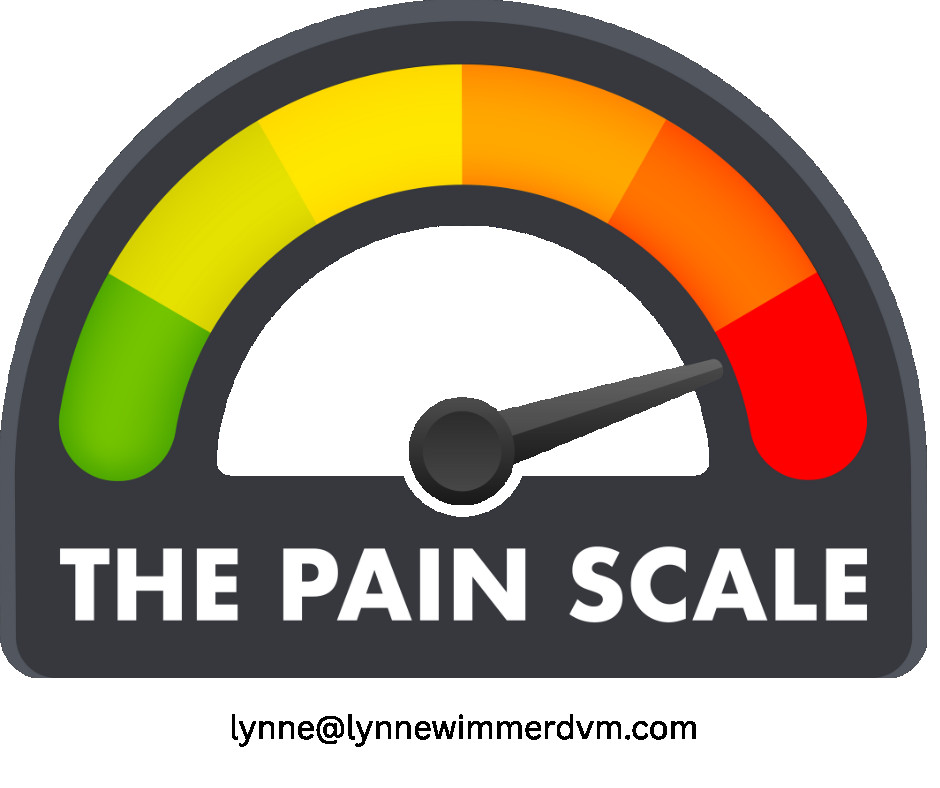
Pain a complex signal extending beyond indicating injury, operating within a system involving the brain, nerves, and sensory receptors known as the Pain Loop. This loop involves sensory input to the brain, analyzing data to decide on necessary reactions, then triggering appropriate responses to protect the body from potential threats. Understanding this loop vital as it highlights that pain may not always indicate actual harm but serves essential protective and healing functions.
The Pain Loop functions by utilizing the central nervous system (CNS) and peripheral nervous system (PNS) to detect various sensations like temperature, pressure, and movement. These signals help inform the brain about the body's environment and potential threats, much like how a car's dashboard alerts to possible issues. Sometimes, however, the system may become overly sensitive, leading to chronic pain where the nervous system continues to signal pain despite healing or no real threats, due to a heightened state of sensory sensitivity and neuroplasticity.
Chronic pain occurs when sensitivity outlasts the healing process, often as the nervous system reacts with heightened responses. Graded interventions like rehabilitation exercises help recalibrate the nervous system, gradually decreasing the overactive pain response through neuroplasticity. This leads the system to adapt, diminishing pain perception and restoring normal function, ultimately allowing individuals to manage pain effectively and regain control over their lives.
Ready to take control of your pain and improve your wellness? Book a free 30-minute wellness consultation with me, and discover how Young Living essential oils can help you manage pain and enhance your quality of life. Click here to schedule your session now!
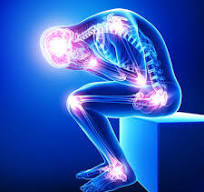
Pain often reflects not just physical injury but originates in the brain, processing various stimuli for pain perception. Modern pain science, such as the Biopsychosocial (BPS) model, reveals pain's complex nature, influenced by psychological, biological, and social elements. This fresh understanding reshapes pain perception and management, showing that pain may persist without physical harm.
The Neuromatrix network concept offers insights into how the brain processes pain through a complex web, considering sensory, emotional, cognitive, and motor inputs. Even without injury, the brain might generate pain from thoughts, emotions, past experiences, and physical sensations. The BPS model highlights a holistic approach to pain management, considering biological aspects like nerve issues, psychological elements such as stress, and social environments that may intensify or alleviate pain.
Recognizing that pain originates in the brain allows individuals to explore methods to influence their brain's pain response. Techniques like mindfulness, cognitive behavioral therapy, physical therapy, and the Aroma Freedom Technique with Young Living essential oils offer ways to manage and reduce pain. Embracing the BPS model empowers individuals to understand, accept, and transform their pain experience through personalized strategies addressing the mind, body, and environment. Ready to explore these methods? Book a free 30-minute wellness consultation today to start your journey to pain relief.

For years, acetaminophen sat in medicine cabinets as the trusted go-to for pain relief. Doctors recommended it, parents relied on it, and few questioned its safety. But new research tells a different story. A UK study reveals a troubling link between long-term acetaminophen use and serious health risks, including ulcers, GI bleeding, kidney disease, and heart failure. With mounting concerns over its safety and effectiveness, why not explore safer, natural alternatives? Discover how Boswellia (Frankincense), curcumin, and willow bark offer powerful pain relief—without the hidden dangers. Read on to make informed choices for better health.
Read more...



